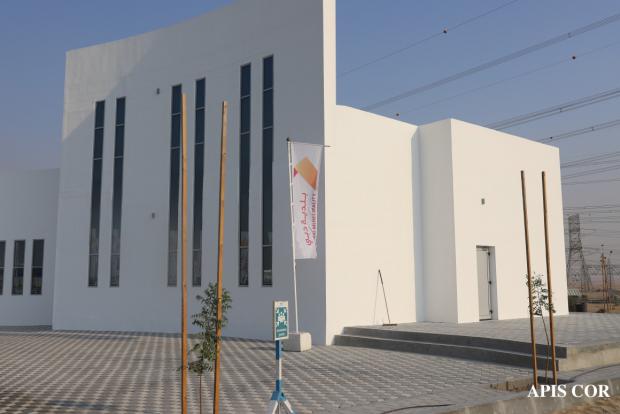
Breaking News
 "They are ALL dead... 1.8 Million of them killed in Ukraine" Col. Douglas MacGregor | Reda
"They are ALL dead... 1.8 Million of them killed in Ukraine" Col. Douglas MacGregor | Reda
 Hospital food proven bad scientifically – and may undermine health
Hospital food proven bad scientifically – and may undermine health
 Electron beam solves Teflon trash problem with super-efficient zaps
Electron beam solves Teflon trash problem with super-efficient zaps
 Sam Altman Again Claims AGI is Solved and Huge Norway and Other Data Center for Superintelligence
Sam Altman Again Claims AGI is Solved and Huge Norway and Other Data Center for Superintelligence
Top Tech News
 The mitochondria are more than just the "powerhouse of the cell" – they initiate immune...
The mitochondria are more than just the "powerhouse of the cell" – they initiate immune...
 Historic Aviation Engine Advance to Unlock Hypersonic Mach 10 Planes
Historic Aviation Engine Advance to Unlock Hypersonic Mach 10 Planes
 OpenAI CEO Sam Altman Pitches Eyeball-Scanning World ID to Bankers
OpenAI CEO Sam Altman Pitches Eyeball-Scanning World ID to Bankers
 New 3D-printed titanium alloy is stronger and cheaper than ever before
New 3D-printed titanium alloy is stronger and cheaper than ever before
 What is Unitree's new $6,000 humanoid robot good for?
What is Unitree's new $6,000 humanoid robot good for?
 "No CGI, No AI, Pure Engineering": Watch Raw Footage Of 'Star Wars'-Style Speeder
"No CGI, No AI, Pure Engineering": Watch Raw Footage Of 'Star Wars'-Style Speeder
 NASA's X-59 'quiet' supersonic jet rolls out for its 1st test drive (video)
NASA's X-59 'quiet' supersonic jet rolls out for its 1st test drive (video)
 Hypersonic SABRE engine reignited in Invictus Mach 5 spaceplane
Hypersonic SABRE engine reignited in Invictus Mach 5 spaceplane
 "World's most power dense" electric motor obliterates the field
"World's most power dense" electric motor obliterates the field
 The Wearables Trap: How the Government Plans to Monitor, Score, and Control You
The Wearables Trap: How the Government Plans to Monitor, Score, and Control You
World's largest 3D-printed building completed in Dubai

The two-story administrative building measures 9.5 m (31 ft) in height and has a total floorspace of 640 sq m (roughly 6,900 sq ft).
Its construction was much like the other 3D-printed projects we've reported on and involved a cement mixture being extruded through a nozzle in layers to build up the basic structure of the administrative building. Because the building is so large, Apis Cor's 3D-printer, which is portable, was moved around on a crane, allowing it to build one section at a time. Just three of Apis Cor's workers were on-site to operate the machine and, according to Dwell, the entire project took three weeks.
Though the project, along with New Story's 3D-printed neighborhood, represents another step forward in 3D-printed architecture, it's important to note that there was significant human work involved. In addition to laying the foundations, adding the windows, doors and roof, plus wiring and the like, construction workers also added rebar and hand-poured concrete for structural support.



